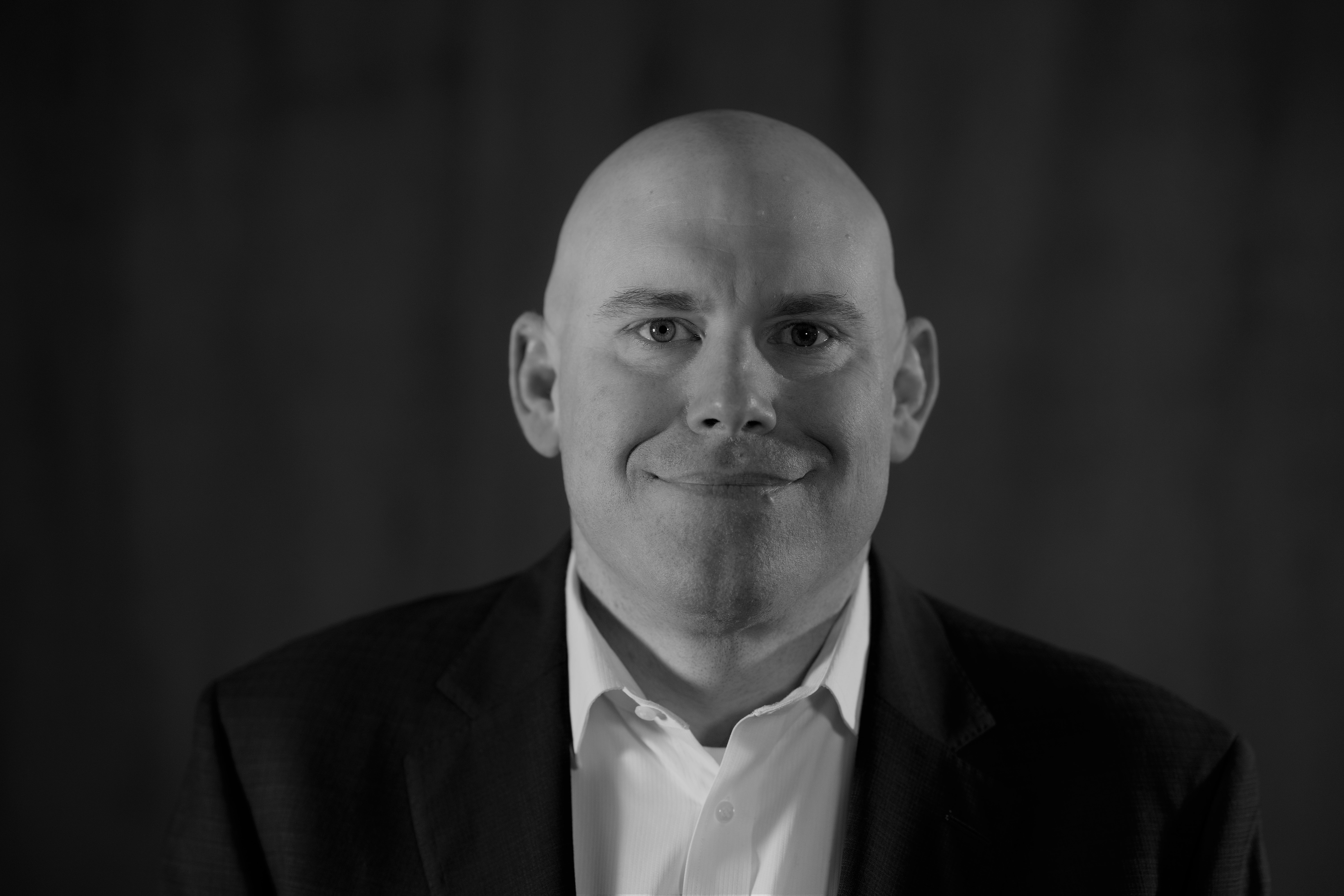The New Office, Part 1: The New Office Space is All About Flexibility
This is the first in a series of five articles that will explore how flexibility in the enterprise AV ecosystem is the key to success, looking at best practices for choosing solutions that can evolve with you as your workforce, platforms and needs evolve.

Well before spring 2020 fast-tracked the shift, empowering the new anywhere workforce with remote collaboration tools was a priority for most companies. Today, the success of the quick pivot to more remote work has had an obvious effect: even as society is fully back to travel, and attending entertainment, sports, and cultural events, “return to the office” has not been a black and white decision-making process for enterprise managers or workers. Because both models—in-person office teamwork, and remote or hybrid (remote + in-person) workforce models are perceived as having particular efficiency and productivity advantages.
What’s guiding corporate executives and managers as business landscapes continue to evolve? The most successful ones are adopting best practices around flexibility. Empowering workers with more flexible schedules, location options, and even career paths. And empowering the entire enterprise with new AV technology tools, on both the hardware and software side, that have flexibility as their most important feature—enabling a better and similar experience and level of engagement for attendees regardless of their location.
[ On AVoX: Sony ]
What are those best practices guiding the selection of flexible technology solutions by top AV integrators, design consultants, and enterprise end users?
The Road Ahead: Are you offering solutions that are designed for flexibility and system agility?
When you bought a new car, in the past, its user features as well as its core technology platforms were frozen in time the minute you drove it off the lot. If you buy an advanced new-gen car today, key platforms on the vehicle can be updated each month and year that you own it – its software, control screens, communication systems, and if it’s a high-end car even its performance and efficiency specs. Ask yourself: if you’re an AV provider, do you want to offer your customers the equivalent of a “new” sedan designed 5 years ago that has no path for evolution after your customer buys it? Or can you offer your customers systems that are built for flexibility and system agility?
AV system success is all about hardware/software systems that can be easily updated from the Cloud or by the AV integrator with new features and newer API architecture. Does the AV system allow for easy updates that fine-tune systems for a constantly changing mix of remote and in-person workers? One of the key trends in corporate AV today is the move from predominately hardware-based solutions to increasingly software-centered ones. Your AV system will be too locked into outdated platforms if you don’t choose nimble and software-agile products that can be updated at any time for new needs.
A daily selection of features, industry news, and analysis for AV/IT professionals. Sign up below.
The new AV ecosystem starts with a better “room” for each employee, then leverages data to fine-tune both the room and the enterprise. Best practices for the new agile office start with designing a “room” for each worker in the corporate office that recreates the best features of their own productive home office. This can now be achieved with much better collaboration technology, better software tools, and most importantly better data analytics from the AV systems so all stakeholders can fine-tune those systems and their workflow processes going forward.
A move toward “Always On” AV Platforms. Why has it been so hard to get there? Always-on collaboration technology can avoid cumbersome and productivity-defeating manual logins and stuttered starts to meetings and collaboration sessions. Seamless always-on AV platforms are now possible, with display, content management, network routing, and control solutions that are designed to work together, not cobbled together from vendors pushing proprietary solutions.
Sustainability and flexibility work hand-in-hand. In every industry, and in education, and civic and government offices a new focus on sustainability is driving the design and use of all spaces and all systems. It starts with recognizing the importance of eco-friendly product design and reduced power consumption resulting in energy savings. But sustainability is also about leveraging the synergies of an empowered workforce and better AV and IT ecosystem flexibility to create better enterprise efficiency – a win-win for your organization and for the planet.
As we explore best practices for achieving much-needed AV system flexibility, learned in the field from actual case studies, I’ll be sharing how some of our key Sony solutions and our Alliance Partners’ solutions, working together, can help you or your customers get there. Case in point, BRAVIA displays – with the more network-friendly, non-proprietary Android OS-based UX—go way beyond great display technology and have paved a way for better API support and seamless integration with other AV components.
In the next article, I’ll be looking at how some very forward-thinking and successful companies are achieving great, flexible workplaces by starting—even before designing their new AV ecosystem—with their people first.

Richard Ventura has spent 20+ years within sales, strategy and marketing organizations focusing on display solutions, video analytics, cloud platforms, display technologies, projectors and direct-view LED solutions. During that time he has helped numerous client and partner relationships flourish and spearheaded campaigns, which have elevated brand and products throughout the marketplace.
Richard is a long-standing member of many organizations within the industry as well as is a former Chairman on the Board of Directors for the Digital Signage Federation with experience in developing and supporting initiatives for the International Committee, Advocacy and Outreach Committee, Membership Committee as well as the Global DOOH Council. During his tenure within the industry, he has delivered many presentations at conferences as well as authored articles for key publications and industry trade periodicals.
Richard holds a BA in history from the University of MN-Morris and a MBA from Hamline University. He is also a retired member of the Minnesota National Guard after 10 years of service in the military.
